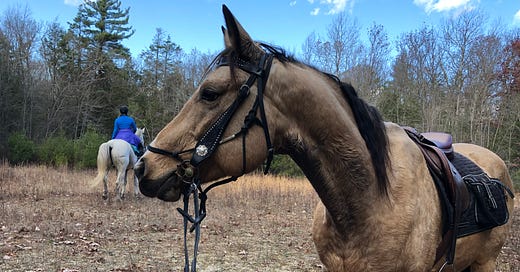Apocalypse Now is one of the greatest films of all-time. It is a masterpiece directed by Francis Ford Coppola. So often when art approaches the truth, the lines become blurred between reality and fantasy. During one scene, Captain Willard, played by Martin Sheen, has an exchange with Lieutenant Colonel Kilgore (Robert Duval). The soldiers are sitting around the camp in Vietnam and Kilgore instructs someone to get a surfboard.
Willard: [objecting to surfing in a war zone] It's pretty hairy in there. That's Charlie's point.
Kilgore: Charlie don't surf!
This iconic line is a reference from a politician during wartime who said, “we're eating their fish,” while boasting what belonged to the enemy now belonged to his tribe.
This concept is as old as time. In every battle, you have a winner and a loser, according to the main narrative. Lieutenant Colonel Kilgore and the old politician are describing something ancient. They de-humanized another. They want a dopamine high from the suffering of another. It is one of the ugliest characteristics of humans.
Horses don’t know or understand this concept. Horses don’t seek to destroy other tribes, like we do. Will they kill another horse? Absolutely. However, they don’t search for the twisted dopamine spike capable of humans.
They do seek enjoyment and pleasure. They don’t know how to ride a surfboard (won’t that be fun training!), but they often play games such as tossing a ball or mimicking soccer.
Horses don’t surf on ocean waves, but they do surf. The waves they surf are not seen by the human eye. Horses ride energetic waves. And they are good at it! Last weekend, I rode with some friends on a spectacular trail ride. I willingly got on a horse who I never met or rode before this day. This is an act of faith and trust to ride a horse without getting to know them. Somehow, I knew that I could trust this horse.
Communication between horses is always constant. They send messages to each other through body language and movement. During our ride, one horse becomes agitated and gives a swift, angry gesture to another horse. This creates a chain reaction. Now, the herd of seven horses are riding a wave. As the rider, I am in the barrel. There is no getting off, unless ejected. I have to commit, similar to a surfer. I sit deep in my seat, heels down, firm contact with the reins, keeping the horse’s head up and breathing!
In a few seconds it is over. The horses move on, like nothing happened.
Later, in an atypical experience, my horse during a short break takes a moment to do a full body shake, while I am in the saddle. He gives me a gift with this vibration. My central nervous system has no escape from the jolt of energy. It is like receiving a massage or singing in harmony with a group of singers.
While returning to the barn after almost five hours on the trail, the horses know food is waiting for them. The herd is relaxed and in rhythm. My horse offers a light trot. I accept the offer. The herd follows this initiation. We ride on a peaceful wave.
“In riding a horse, we borrow freedom,” wrote Helen Thompson. Horses know how to play and they also know about the energetic waves we don’t see. On a horse, you may surf a mellow beach break, a gnarly collapsing wave or a challenging point break. You never know. It is the same with the surfer. Commit. Let it happen. Watch it pass.
If you interested in learning more about the communication of horses or want to experience the energy of a horse, you may contact me to schedule a session cam@camronadibi.com





Interesting! Gave me something new to think about today. Thanks, Cameron.